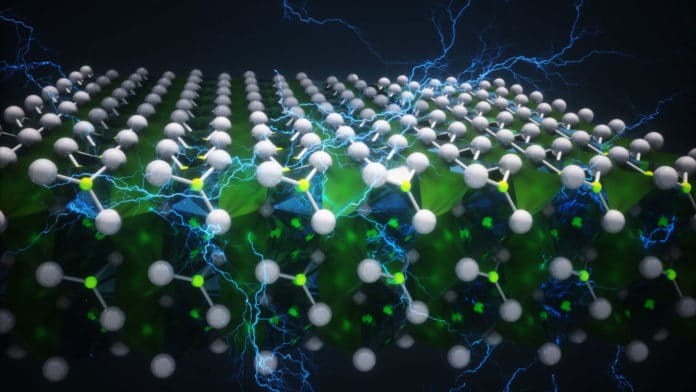Ferroelectricity is a characteristic of certain materials that have a spontaneous electric polarization that can be reversed by the application of an external electric field.
Scientists at the University of California – Berkeley have reported ferroelectricity in ultrathin doped hafnium oxide (HfO2), a fluorite-structure oxide grown by atomic layer deposition on silicon. They demonstrated the persistence of inversion symmetry breaking and spontaneous, switchable polarization down to a thickness of one nanometre.
As a result, the material can efficiently power the smallest of devices with lower amounts of energy.
Not only did the ultrathin material demonstrate ferroelectricity, but the effect was stronger than the material several nanometers thicker—a “fundamental breakthrough” in the field of ferroelectricity.
Sayeef Salahuddin, professor of electrical engineering and computer sciences, said, “We are making computing devices that are getting smaller, smaller and smaller. You don’t want to use thick materials, because you don’t have space. With our ferroelectric material, you don’t need to worry about space.”
“Until now. The Berkeley team grew doped hafnium oxide, one nanometer thick, onto silicon. Not only did the ultrathin material demonstrate ferroelectricity, but the effect was stronger than the material several nanometers thicker—a “fundamental breakthrough” in the field of ferroelectricity.”
“The finding could lead to the creation of more advanced batteries and sensors. But the work holds particular promise for memory and logic chips in computers.”
“The discovery of ferroelectricity in films just 1 nanometer thick means that these storage cells could be scaled down to dimensions below what was believed to be possible before.”
Journal Reference:
- Enhanced ferroelectricity in ultrathin films grown directly on silicon. DOI: 10.1038/s41586-020-2208-x
